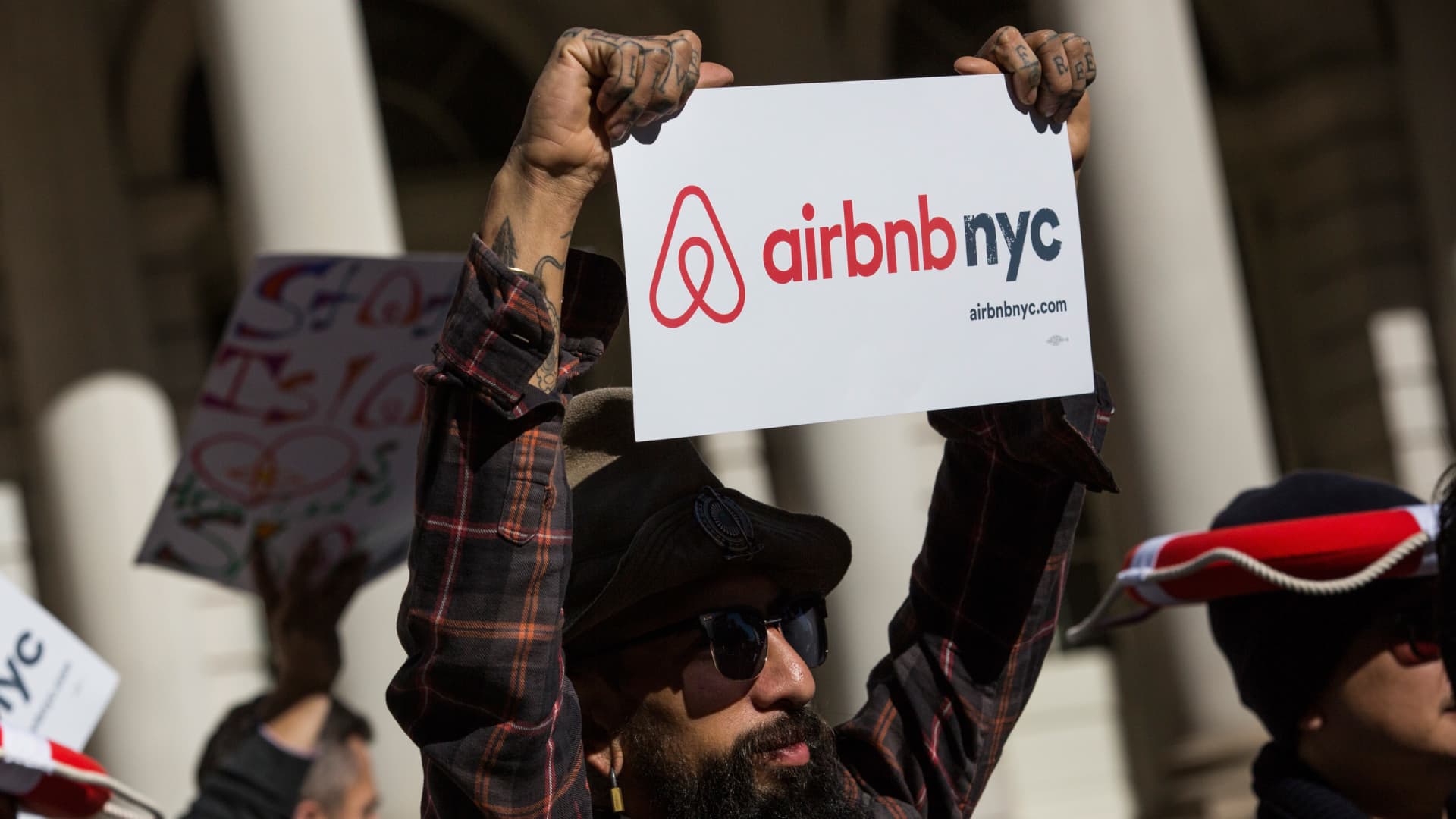
Much like the unemployment rate, inflation numbers can miss the mark on properly reflecting a country’s economic mood because these figures offer an incomplete picture of a country’s economic health.
Consumer sentiment, on the other hand, reflects our attitudes about the current state of the economy and expectations about its trajectory. And by all accounts, consumer sentiment is at record lows–and its decline has been more protracted than during past dips.
In June, the University of Michigan Survey of Consumer Sentiment reported the lowest-ever level of consumer sentiment on record–even worse than that during the “stagflation” in the late 1970s or the financial crisis in 2008. Additionally, it reported the highest level since the late 1970s of expectations for future inflation of 5.3% or more.
There is preliminary evidence that consumer sentiment has been higher in August–but much of the recovery could be seasonal and it seems unlikely that it will last.
“Wages are not keeping up with rapidly rising prices, causing Americans’ purchasing power to erode and their confidence in the economy to deteriorate,” John Leer, chief economist at decision intelligence company Morning Consult, told me.
Morning Consult surveys roughly 6,000 U.S. adults each day on a range of economic subjects, and despite a slight national uptick in July, the company’s Index of Consumer Sentiment is down at least 15% in all 50 U.S. states compared to July 2021.
The Conference Board, another organization that measures sentiment, reported similarly low levels of consumer sentiment for July. Only 17% of consumers said business conditions were “good,” down from 19.5% in June–and about a quarter (24%) of consumers said business conditions were “bad,” up from 22.8% in June.
Only half of consumers said jobs were “plentiful” and 12.3% said jobs were “hard to get,” up from 11.6% in June. Expectations over the next six months are mixed at best: Only 14% expect business conditions to improve, relative to 14.6% in June, and 27.2% expect business conditions to worsen, which is a slight improvement from 29.7% in June, but still grim.
No matter how you look at the data, consumer sentiment and expectations about the labor market are deteriorating. Focusing on unemployment figures and inflation numbers runs the risk of painting a misleading picture of the economy.
Low consumer sentiment can also help explain the 0.9% decline in gross domestic product (GDP) for Q2 of 2022 in the U.S., which comes on top of a decline of 1.6% in Q1 2022. Pessimistic consumers fuel a contraction of GDP and investment since they are more likely to save up for the future or simply allocate less time towards economic activity by working and consuming less.
My recently published article in the European Economic Review provides new microeconomic and causal evidence connecting economic sentiment and consumption. Using daily data from Gallup on consumer attitudes about the current and future state of the economy, I found that increases in economic sentiment are strongly associated with increases in the consumption of non-durables (such as food and clothing). When people are optimistic about the economy, they spend more.
That might sound obvious, but economists have struggled to pin down the relationship because there are so many confounding factors at play when looking at both consumption and sentiment, so obtaining an actual quantitative relationship between the two is tougher than it sounds.
Social networks play an important role in propagating information and ultimately economic activity. Some of my other ongoing research with Tao Wang from Johns Hopkins University, for example, shows that social networks can explain why some counties experienced such a sudden decline in consumption during COVID-19 even when their areas were actually not facing large or even moderate infections: People in those counties were connected with friends in counties experiencing a rise in infections. Given that 74% of individuals reported using social media as a way to stay connected during COVID-19, the importance of social networks probably comes as no surprise.
I have also leveraged data from Facebook’s Social Connectedness Index and compared individuals in zip codes that vary in their social networks and their relative housing markets. That is, if you live in a zip code that is connected–based on Facebook connections–with others in the U.S. that are experiencing housing booms, you are going to receive more optimistic economic information than a friend who is in a zip code that is more connected with other zip codes experiencing housing busts.
Similarly, the media share at least some of the responsibility for declining consumer sentiment. Bad stories sell more than good stories, so it is easy for bad news to spread and dwarf various good pieces of news.
That does not change the reality that consumer sentiment, expectations about the economy, and views of the labor market are at record lows. Nor does it change the reality that consumer sentiment is driven by changes in the real economy, meaning that artificial stimuli or subsidies will do little to curb economic deterioration.
The U.S. remains the most entrepreneurial place in the world and great potential continues to exist whether its economy is in a boom or a bust cycle. If we can remove some of the barriers that are squashing supply, ranging from energy to the labor market, we can see the economic tide turn again.
Christos A. Makridis is a professor, entrepreneur, and adviser and serves as an adjunct fellow at the Manhattan Institute. He holds Ph.D.s in economics and management science & engineering from Stanford University.
The opinions expressed in Fortune.com commentary pieces are solely the views of their authors and do not reflect the opinions and beliefs of Fortune.
More must-read commentary published by Fortune:
Sign up for the Fortune Features email list so you don’t miss our biggest features, exclusive interviews, and investigations.



























































